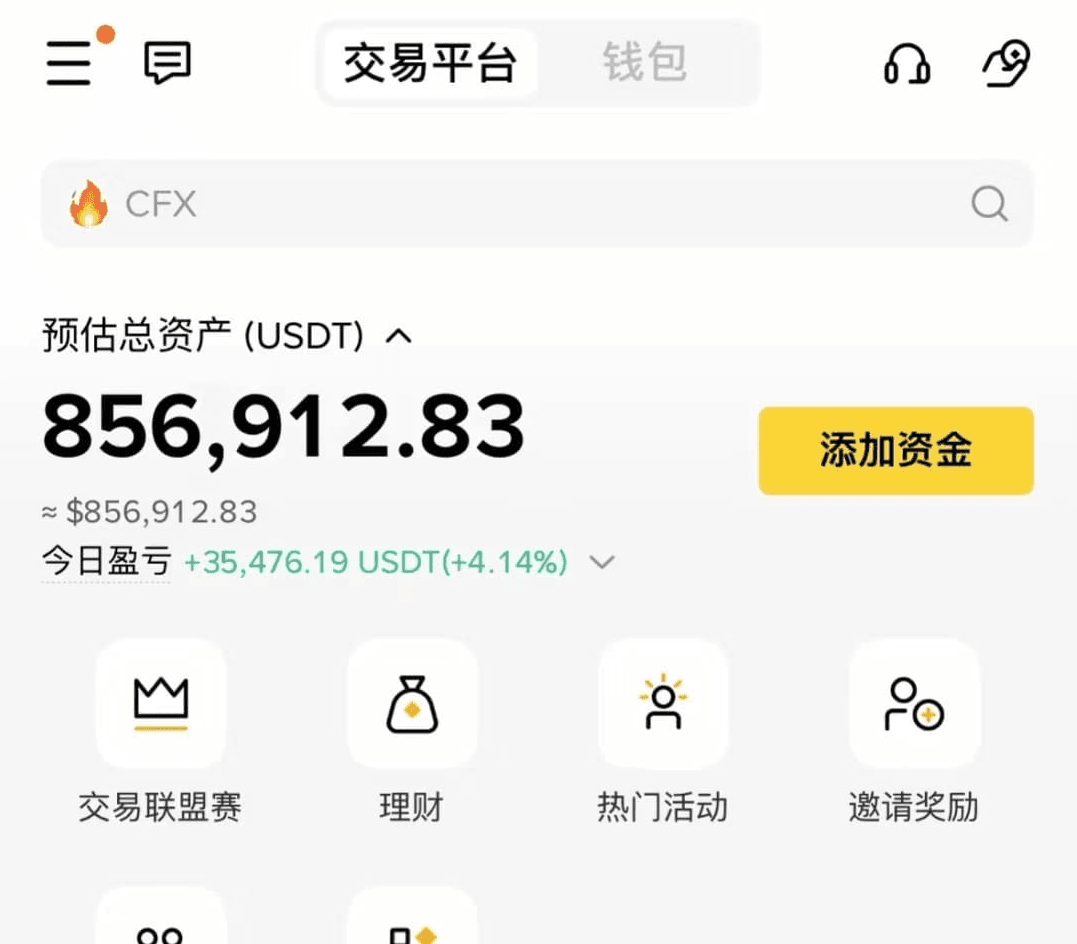"Having been in the crypto space for over a decade, I have seen too many beginners doubting life after being cut by market makers — not because they lack money, but because they can't understand the 'subtext' on the candlestick charts."
The market won't speak, but candlesticks will. Today I will break down 4 patterns that market makers fear you knowing the most; remember, these details could determine whether you are 'fodder' or 'hunter'.
1. False Breakout: The market maker has hung a 'false signal' at the ceiling
Many people get excited when they see the price break the previous high and chase long positions, only to be buried immediately by a long bearish candle — this is called 'False Breakout'.
The key difference between True Breakout and False Breakout: Trading volume.
True Breakout: Price reaches a new high, and trading volume synchronously expands (at least 1.5 times the average of the previous 3 days)
False Breakout: Price 'touches' the previous high and then falls back, trading volume is weak (like a false signal waiting for you to look up)
Case Study: Last month when BTC surged to $60,000, the daily line 'touched' the previous high but volume shrank by 30%, I immediately advised my followers to close long positions — 3 hours later it plummeted by 8%.
2. Alternating 'Whipsaw Pins': The market maker is giving you an 'emotional massage'
It often happens that a bearish pin drops down, followed immediately by a bullish pin pulling up; beginners think the market is reversing, but in fact, the market maker is 'cleaning up the scene'.
Key to Interpreting Pins: Position
Key Support Level (e.g., MA60): Bearish Pin + Bullish Pin = Whipsaw (the market maker is testing retail panic selling)
Resistance Level(e.g., previous high): Bullish Pin + Bearish Pin = Distribution (the market maker is luring in more buyers)
Last year a follower chased the 'Bullish Pin' at the resistance level and ended up being trapped with a 20% loss — he didn't notice that the volume of the Bearish Pin after the Bullish Pin had doubled..
3. Long-term Consolidation: The market maker is 'farming hawks'
Don't think that consolidation means no market movement; market makers love to use consolidation to wear down retail patience — the real direction often appears at the moment consolidation ends.
Techniques:
The longer the consolidation period (over 15 days), the stronger the momentum after the breakout.
True Breakout: Both price and volume rise (price increases, trading volume synchronously expands)
False Breakout: Price rises but trading volume shrinks (the market maker is 'drawing a door' to lure buyers)
I have seen the toughest consolidation: ETH consolidated for 23 days, and on the last day, both volume and price rose sharply, followed by a 40% increase over the next two weeks..
4. Sharp Top VS Round Bottom: The market maker's 'Knife Mountain' and 'Pot Bottom'
Sharp Top (Knife Mountain): Rapid rise and fall, candlestick looks like a sharp knife — the market maker wants to make sure you can't escape (distribution signal)
Round Bottom(Pot Bottom): Slow grind up, candlestick looks like a round pot — the market maker is quietly accumulating (accumulation signal)
Key Details:Sharp Tops are often accompanied by huge volume (trading volume suddenly expands by more than 3 times)
Round Bottoms need to be accompanied by 'low volume' (trading volume shrinks to below 50% of the average of the past 3 months)
Last year's SOL sharp top had a follower adding positions at the peak, resulting in a 40% loss in a week — he didn't notice that the trading volume that day was 5 times the usual..
Final Words: Candlesticks are the 'footprints' of the market maker; are you a follower of these footprints or someone being stepped on?
These patterns are not 100% reliable, but I dare say that if you understand these 4 signals, you can at least avoid half of the unnecessary pitfalls.
Now open your candlestick chart and compare it with these four signals to see how many signals you missed — the market is a game between hunter and prey; the only difference is whether you are willing to spend time understanding the 'subtext' left by the market makers.
True masters learn to read footprints from being harvested time and time again.
If you are also a technical analysis enthusiast and are studying technical operations in the crypto space, you might want to follow @加密大师兄888 ; you will gain more insights!
Remember, the crypto space is not short of opportunities; what is lacking are people with execution ability, not gamblers or those looking to get rich overnight....




